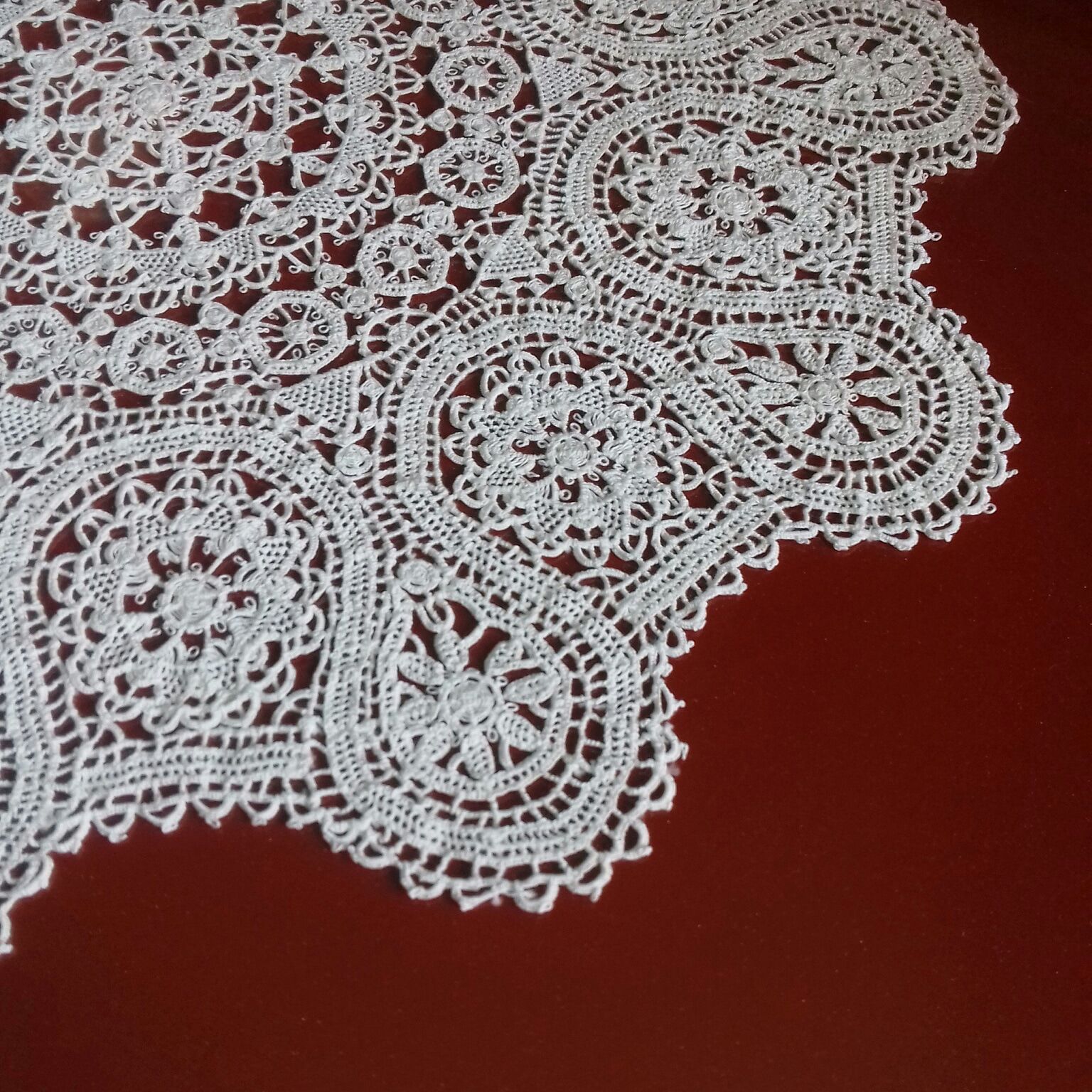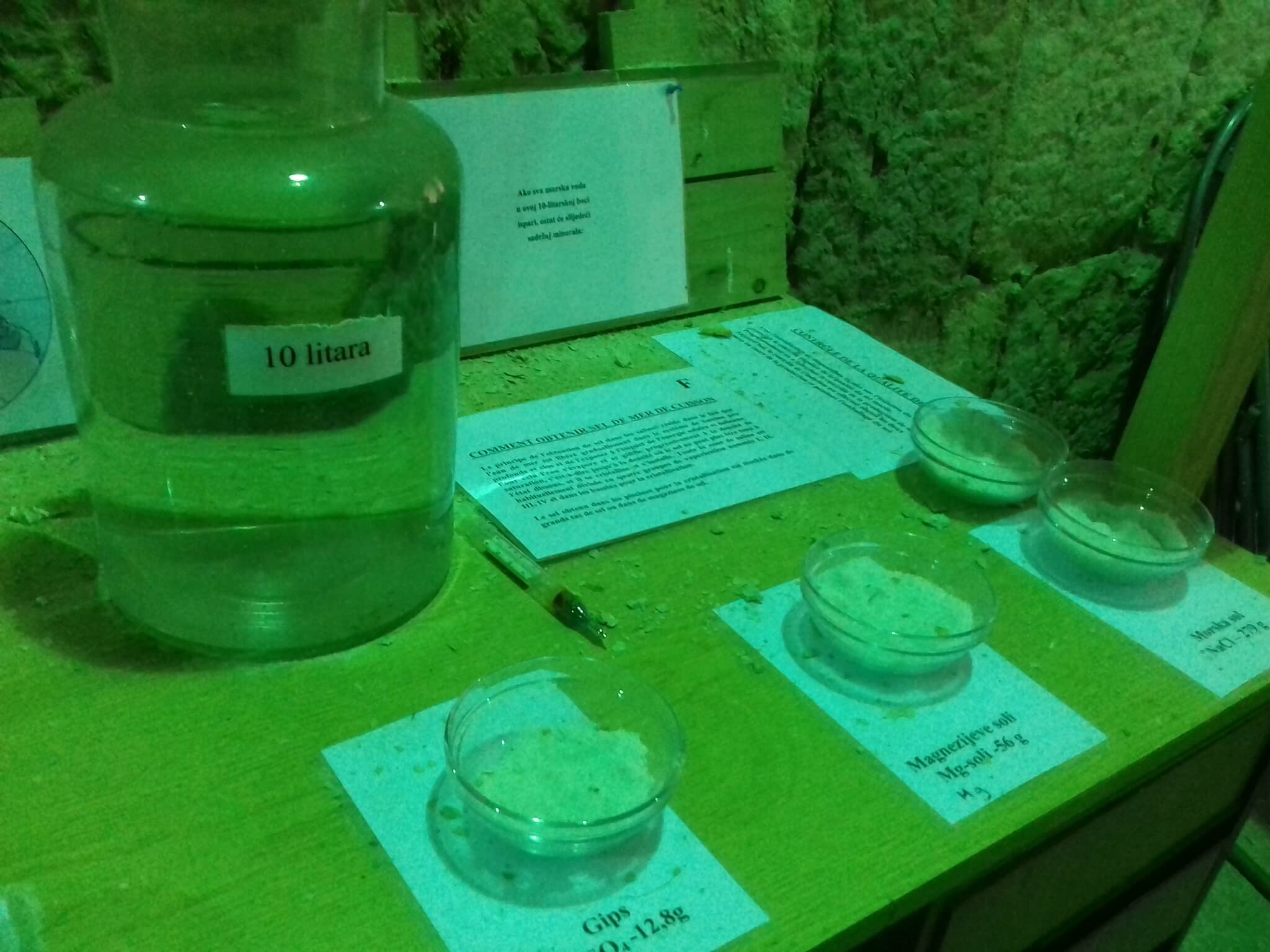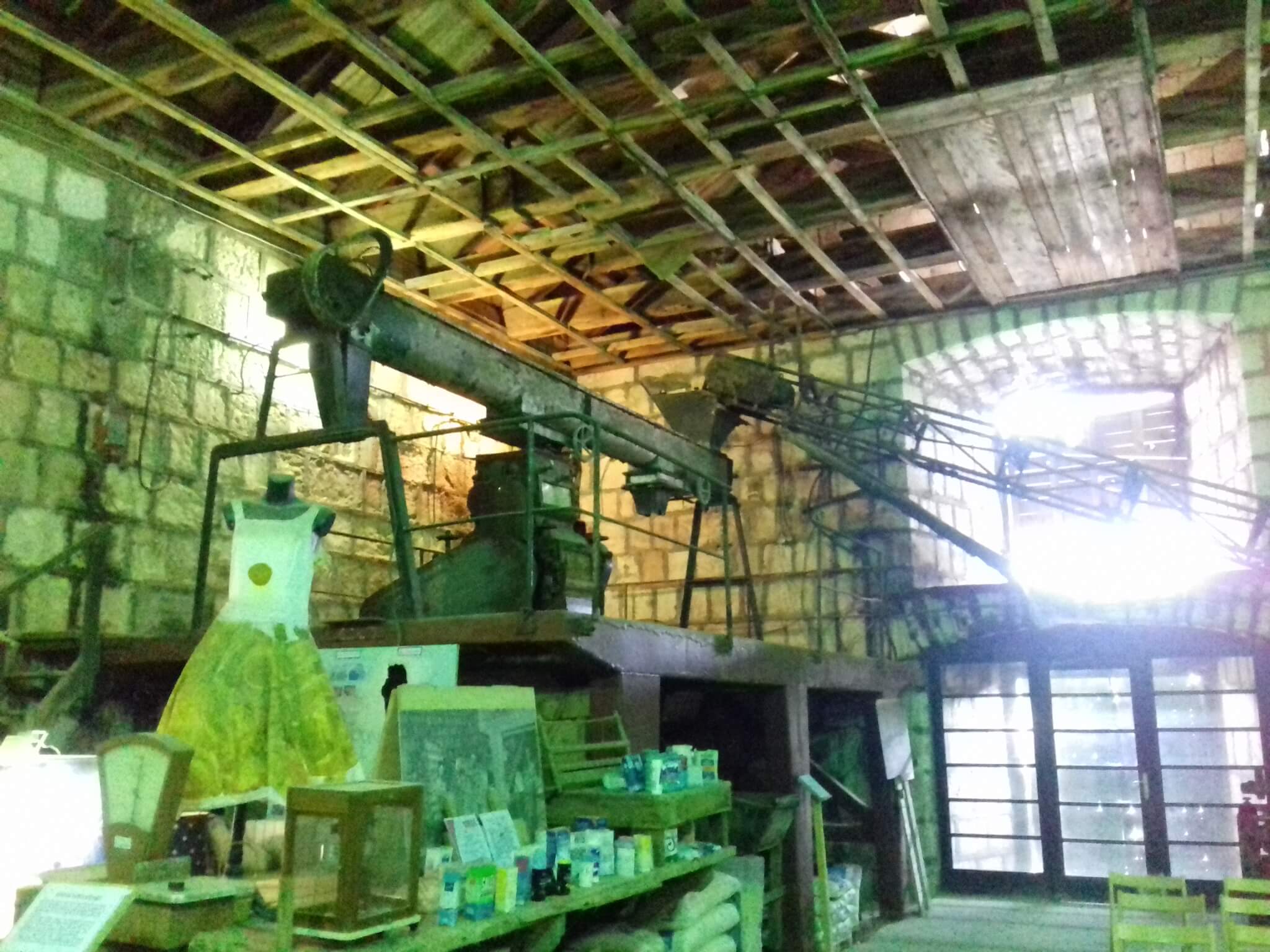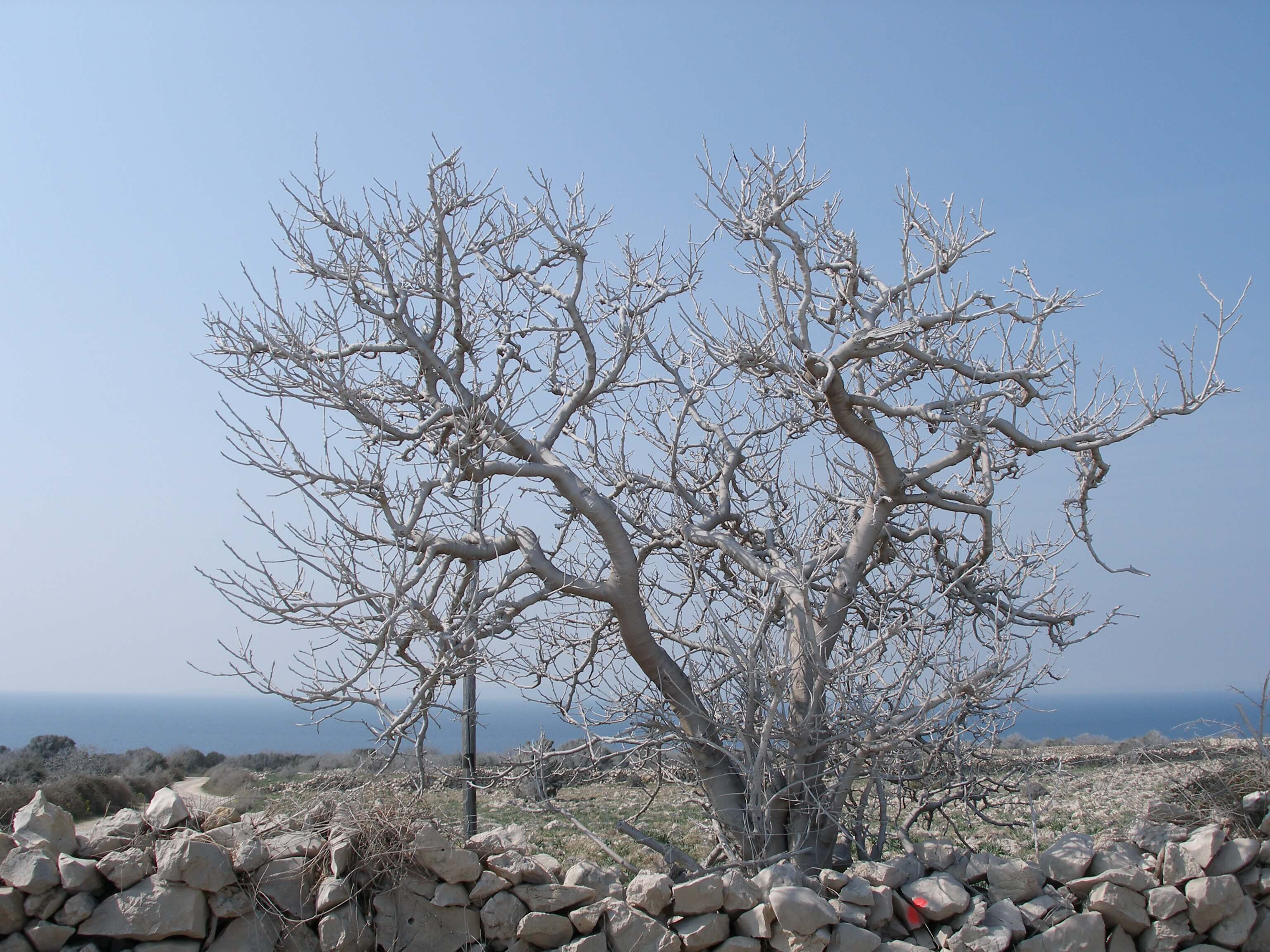April 4, 2018 - Continuing our recap of the recent Gastronaut tour of Pag island, the last part of our series dedicated to white flowers of Pag town
We've been taking you on a tour of Pag in the last couple of days, trying to convey the enchanting atmosphere of this beautiful island town with a literary ode to its rhapsody in white.

First, a tribute to stone, an immortal entity making up every inch of Pag island. Then, a look to the world-famous Pag lace, an artistic wonder local women have been creating for centuries. Thinking of the intricate little petals woven with needle and thread, one other floral feature of Pag comes to mind: the flower of salt.
Apart from stone, salt is undoubtedly the main thing that makes up the very substance of Pag island. An omnipresent being on its own, caressing the shores and gracing the vast plains, blown over by the powerful northern wind. Her majesty bura, shaking up the island to its core, blasting her way through olive groves and herds of sheep, coating every object on display with a dense, opaque layer of salt.
Having arrived only a couple of days after bura's latest visit to Pag, we were welcomed by a captivating, otherworldly sight. Every patch of grass and stubborn little bush, every old barn and every tree branch, shrouded in a veil of white.
With this natural phenomenon in mind, it's no surprise the island is home to a renowned salt factory. It's assumed the salt-works on Pag were among the first built on the Adriatic as a whole, owing to three distinctive factors. The first is the island's spacious and leveled clay terrain, a perfect surface for a quick and cheap construction of a salt factory. There's also the convenient geographic position of Pag island in general, allowing for easy distribution of product to other parts of the region. And finally, the weather, with plenty of sunny and windy days providing optimal conditions for production of salt.
These days, the leading Croatian salt factory is known under the name of Solana Pag - a modern facility whose origins we can trace back to the end of the 10th century. Production of salt on Pag was first mentioned in 999 in the will of Agape, the daughter of Zadar Tribune named Dabar. From the 12th to the 14th century, the people of Pag constantly fought their neighbours from Zadar and Rab island, eager to shake off their attempts at domination. They had the support of the Venetian Navy and the Hungarian-Croatian king Lodovic who granted the Pag residents their freedom, allowing them to start exporting large quantities of salt to foreign markets.

Once when the Venetian Republic conquered the Adriatic, literally purchasing ownership rights to Pag island along the way, it took over the salt business and claimed 3/4 of the total quantity of salt produced on Pag, granting the remaining 1/4 to the local owners of salt factories to use as they see fit. For the next couple of centuries, the salt business thrived owing to major trade routes on the Mediterranean, established by Venice.
By the 18th century, salt became so valuable, it was used as currency. At this point in time, the salt factory on Pag used to be the biggest one on the entire Venetian territory, making Pag a widely known synonym for salt. State officials were paid in a certain quantity of salt, one so generous, they were unable to collect the entire salary in this particular currency and had to receive a part of their payment in coins. To make this transaction more simple, the judges of Pag introduced paper receipts on which they kept track of those formal transactions, making Croatia one of the few countries in the world that used their own paper currency in the 18th century.

In 1908, the Austrian authorities acquired the salt factories on Pag from their former private owners, setting in motion a major reconstruction of the facilities and introducing new technologies improving the production process. Some 50 years later, the total surface of salt-harvesting fields was expanded by 600.000 square metres; in 1980, the salt factory underwent its latest revamp, resulting in an increased production capacity and a premium quality of product.

When you're done exploring the historic centre of Pag town and the Lace Museum, head across the bridge on the riva, and you'll find yourself in front of an old warehouse - actually a former facility used for salt production. Nowadays, the object houses the Museum of Salt, a lovely venue that will get you acquainted with the history of this traditional craft. Old equipment, vintage photos, a paraphernalia of exhibits telling a story about the fleur du sel of Pag island.




